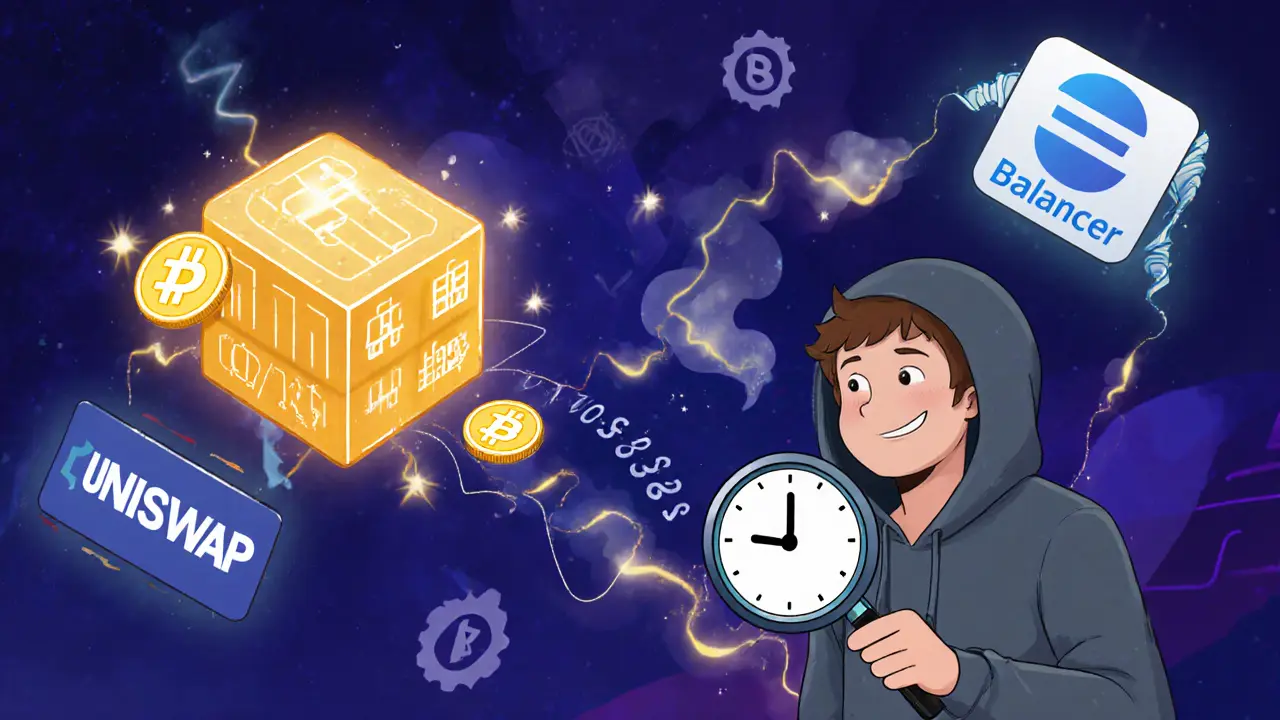Arbitrage in Crypto: How Traders Profit from Price Differences
When you buy Bitcoin on one exchange for $60,000 and instantly sell it on another for $60,200, you’re doing arbitrage, the practice of exploiting price differences for the same asset across markets. Also known as price arbitrage, it’s one of the oldest and most straightforward ways to make money in finance—except in crypto, where these gaps happen more often and faster. It doesn’t require predicting the market. You just need to spot when the same coin is priced differently in two places and act before the gap closes.
That’s where decentralized exchanges, platforms like Uniswap or dYdX where trades happen directly between users without a central operator come in. Because they operate independently and have different liquidity pools, prices can drift. A token might trade for 1.02 ETH on Uniswap but 1.00 ETH on SushiSwap. That 2% difference is a chance—if you can move fast enough. triangular arbitrage, a more complex form where you trade three assets in a cycle to profit from mispriced exchange rates is another tactic. For example: buy ETH with BTC, trade ETH for USDT, then convert USDT back to BTC—ending up with more than you started if the rates don’t line up.
But here’s the catch: those gaps don’t last long. Automated bots, often running on powerful servers in data centers near exchange servers, snap up these opportunities in milliseconds. Human traders can’t compete on speed alone. That’s why most successful arbitrage in crypto today isn’t about spotting manual trades—it’s about understanding the infrastructure behind it: network fees, withdrawal delays, and exchange limits. If your withdrawal from Binance takes 10 minutes, but the price gap closes in 30 seconds, you’re out of luck. Some traders use multiple wallets across exchanges, others run their own nodes to reduce latency. The real edge isn’t in the math—it’s in the setup.
Looking at the posts here, you’ll see how arbitrage ties into bigger crypto realities. The $150 million frozen assets in the Philippines? That’s what happens when exchanges can’t move funds fast enough to cover arbitrage positions. The restrictions on dYdX and the real-name bank rules in Korea? Those are barriers that make arbitrage harder—or impossible—for certain users. Even the audit costs for DeFi platforms? High fees mean fewer opportunities for small traders to profit from small spreads. This isn’t just about buying low and selling high. It’s about navigating a system designed to make arbitrage harder for everyone except those with the most resources.
What follows are real stories from the front lines: failed platforms, banned regions, hidden fees, and the quiet ways traders still find openings. You won’t find get-rich-quick guides here. Just the facts: what works, what doesn’t, and why.
